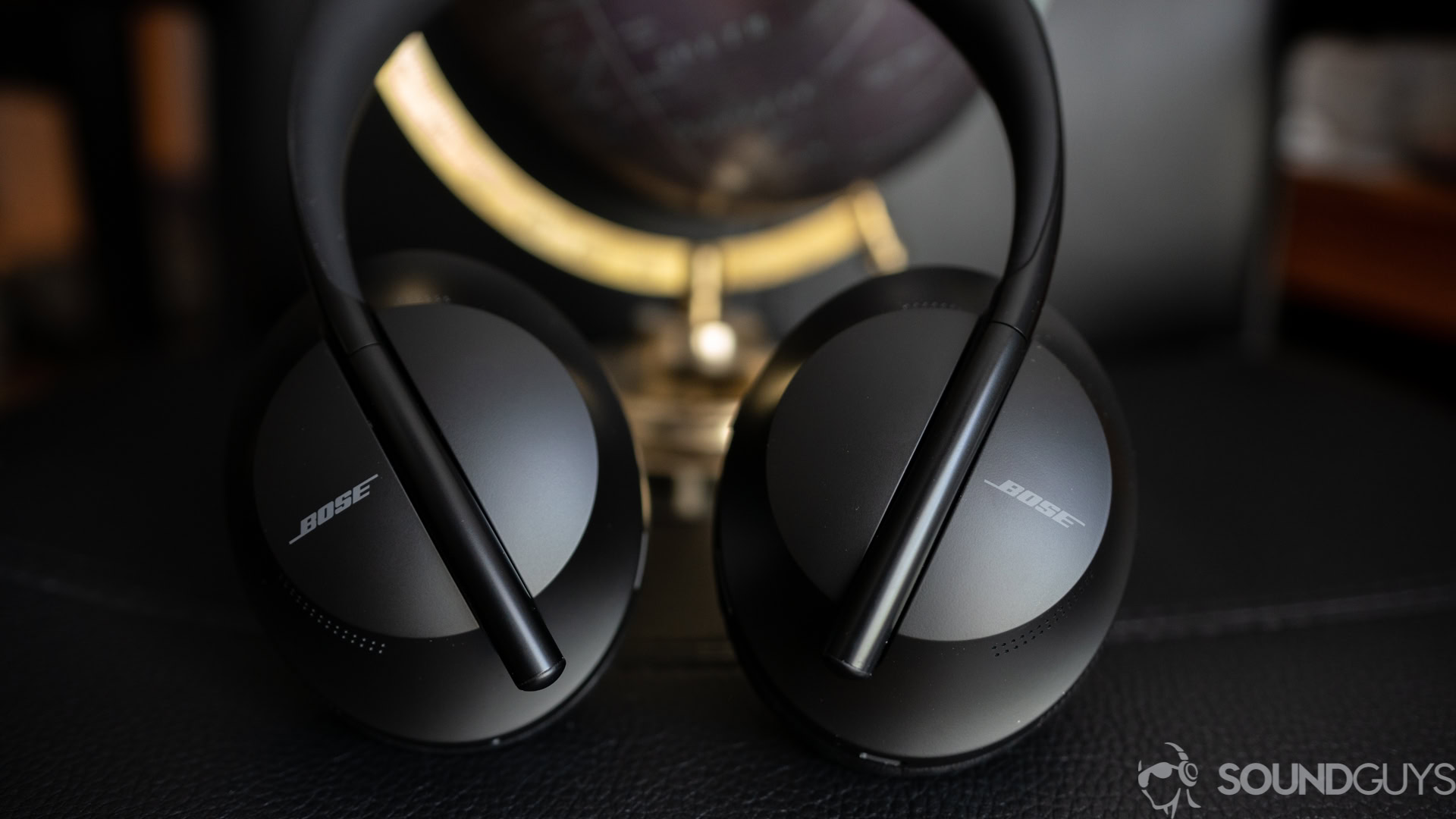What is spatial audio? We explain what it is, and what hardware supports it
Surround sound is what makes watching movies at a theater that much more exciting. This creates an immersive, exhilarating experience, and it’s no wonder people want to emulate it at home.
But what if you don’t have multiple speakers peppered throughout your living room? That’s where spatial audio comes in. Using technology and some advanced mathematics, it allows a pair of headphones to sound like a multi-speaker system.
What is spatial audio?
To understand what spatial audio — also called “virtual surround” among other names — is and how it works, first you’ll need some basic information about the human ear and hearing. Having two ears allows our brains to determine the direction and source of a sound. For example, if a sound originates to your right, then your right ear will pick it up first, and a short time later your left ear will detect it.
Furthermore, your head and shoulders will also change the sound and function as another source information about it. Our brains then subconsciously put all this together. We perceive the end result as taking place in a particular area in space and time.
Extending this to speakers is pretty straightforward. Placing multiple speakers in a room allows sounds to originate from various locations, travel a certain distance, and reach our ears.
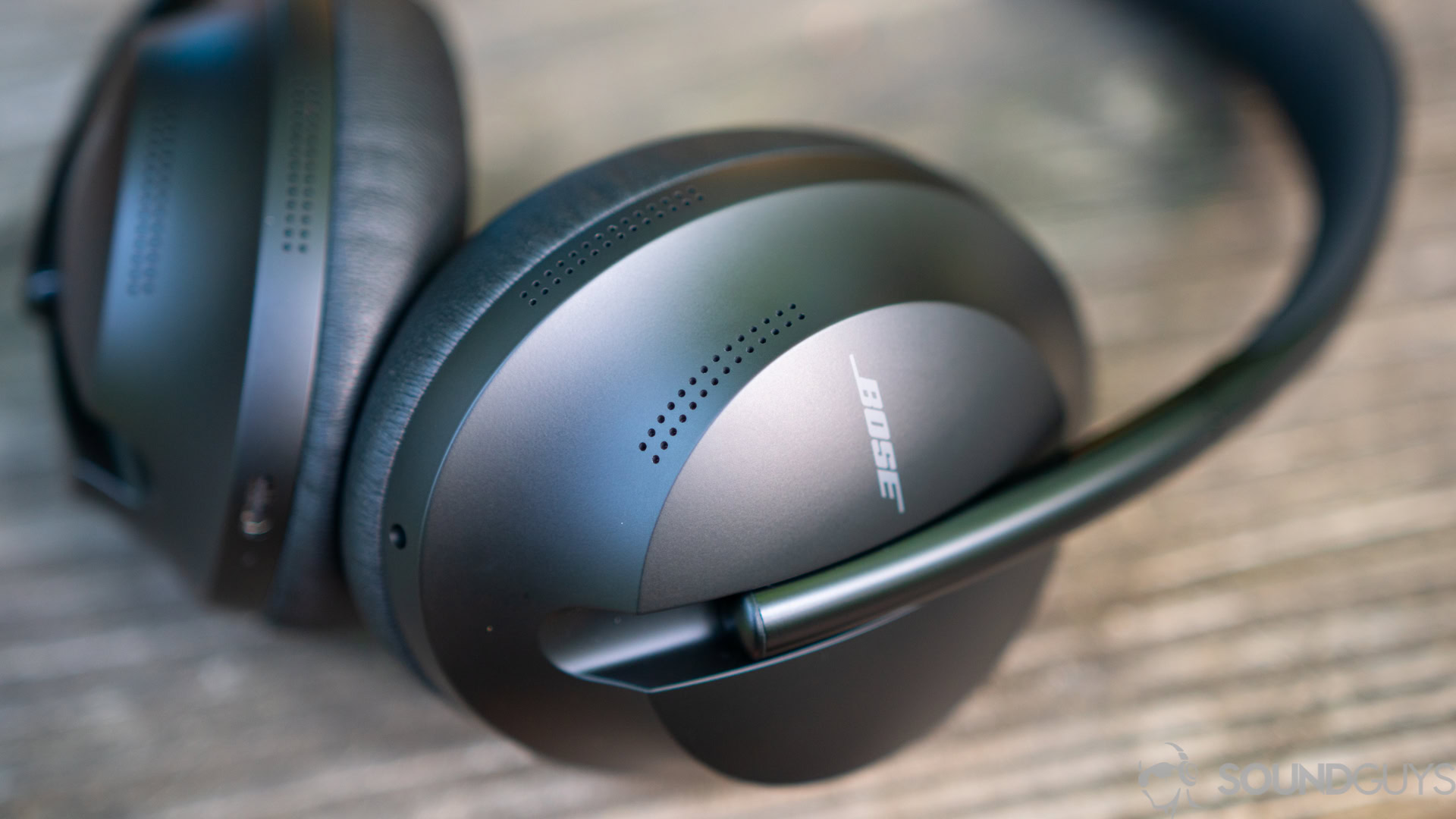
Zak Khan / Android Authority
But what if you’re listening through headphones? Headphones usually have their drivers positioned directly next to or in your ear. So, there’s not much your brain can do except determine left and right. You could add multiple drivers to each side of a headset (called “true surround”), but that makes the ear cups quite large and heavy. Nevertheless, there are some models that do this and they can work with any standard home theater receiver to create surround sound effects. But this approach has its drawbacks. Namely, turning your head could shift everything out of alignment and thus break the immersive experience.
The superior solution, then, is virtual surround. It uses a more or less standard pair of headphones and some advanced math, signal processing, and algorithms.
Without getting too complicated, it’s basically tricking our brains into thinking sounds originate from around us.
Then, a headset or external digital signal processor effectively recreates sound waves that our ears and brain perceive as if they were really taking place around us and passing through our ears and body. Combining this with head tracking results in a surround sound experience that’ll work even as you move around.
How does spatial audio work?
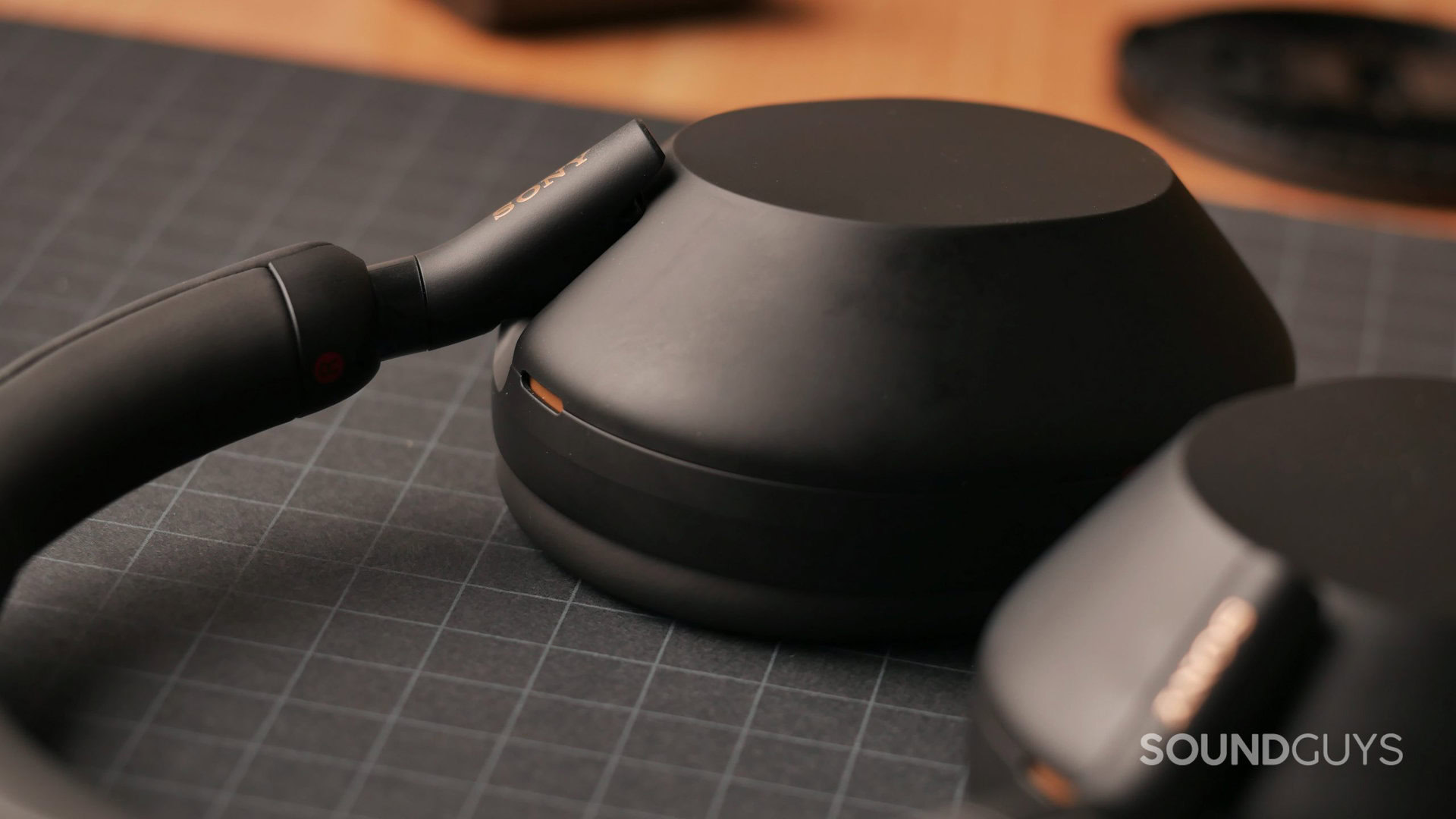
Chris Thomas / Android Authority
Spatial audio requires a few different pieces for it to work. Starting with the hardware, it needs headphones and a signal processor. This can be inside the headphones themselves, the playback device, or an external add-on.
Next, spatial audio needs content that’s been specifically mixed for it. That means many retro and vintage recordings won’t work (unless they get remixed) but many modern tracks do receive this treatment. Right now, spatial audio is more prevalent in movies than music. However, an increasing number of songs and streaming services offer it.
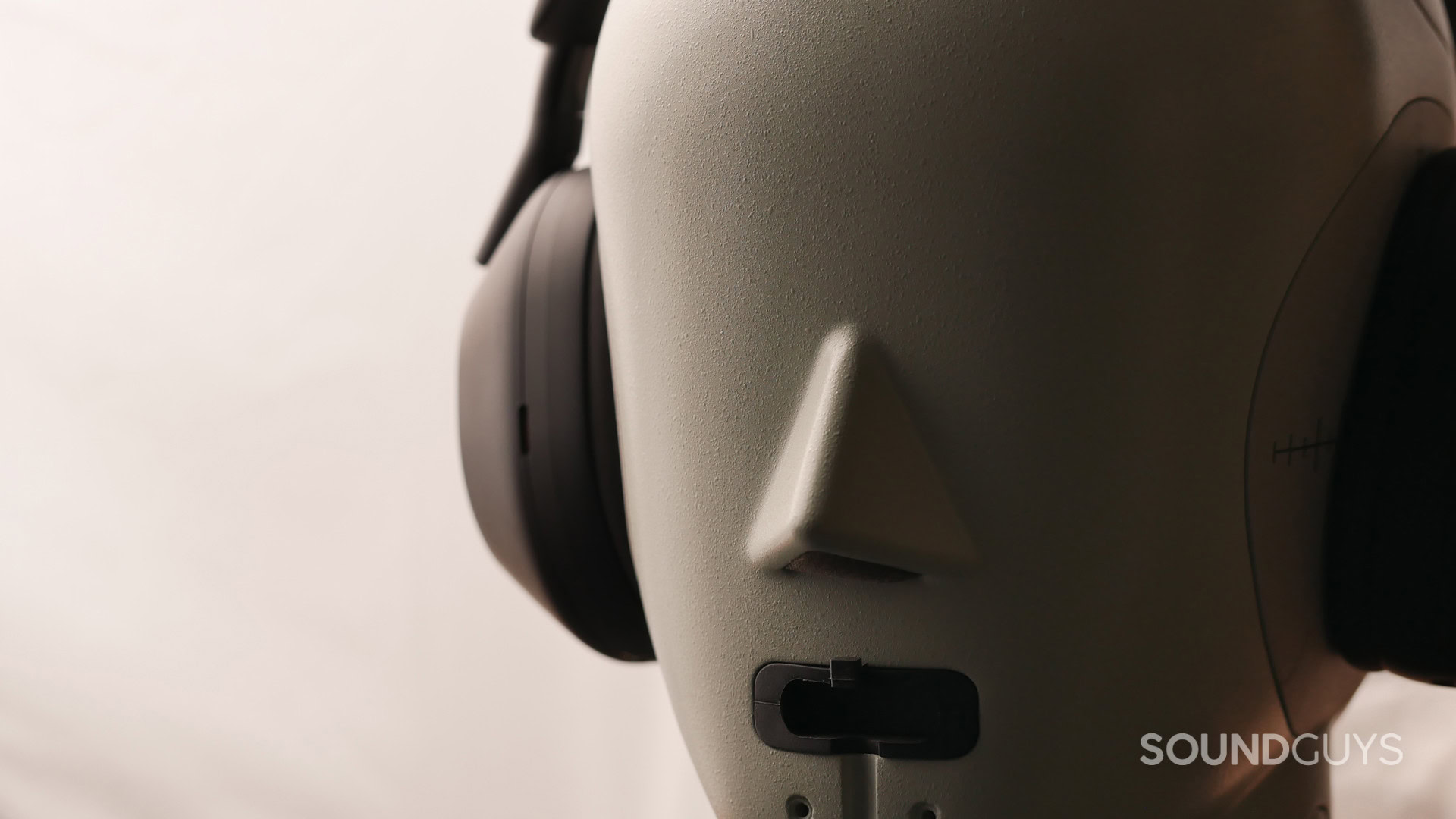
Chris Thomas / Android Authority
Once all of that is in place, spatial audio can shine. To oversimplify some very big and complex ideas, spatial audio uses what happens to sound in the human head and shoulders to determine how sound waves will arrive at your ears from various sources. This can be done either by scanning your ears or by using a physical model of a human head. In essence, it recreates what happens to sounds as if they were coming from various directions and hitting your ears.
Instead of sounds being ‘points’ in space, sounds are interpreted as ‘objects’ that can move and change over time.
For a real-world analog, consider an ambulance driving past you. Not only does it get louder the closer it gets to you, but the pitch of the siren changes both as it approaches and departs. In order for spatial audio to create convincing surround sound, these kinds of changes and effects must happen for every single audio object. If you don’t think a pair of headphones can do this, try listening to a binaural audio YouTube video for yourself.
If that sounds like it would need a hefty chunk of computing power and math, it does. Thankfully, signal processors have become far cheaper over the years, so it’s possible to do all the number-crunching required in a pair of headphones or an external box. This is also where the various spatial audio technologies really begin differ in their approach, like Dolby Atmos versus DTS Headphone:X. All of them use the same basic idea, but their implementations vary.
Is spatial audio worth using?

While the tech behind spatial audio is pretty complicated and impressive, does it actually make a difference? In a word: yes. Spatial audio really does work and can make it seem like you’re surrounded by a fully-immersive soundscape. But the question of whether it’s “worth” it depends on a few other factors, too.
Headphones are often much expensive if they support spatial audio, due to the extra processing power and other hardware required. And while many movies include spatial audio soundtracks by default, that’s not the case for music. Only certain streaming services, such as Tidal, Deezer, and Spotify HiFi (whenever it ends up launching), offer this feature for select tracks.
Furthermore, different companies have their proprietary implementations. These include Dolby Atmos, Apple Spatial Audio, Windows Sonic, and more. Some of these can actually make even non-spatial content sound more immersive, but it won’t be exactly like true spatial content.
Spatial audio works best with compatible content and headphones when you have the time to truly enjoy the experience.
When deciding to take the plunge on spatial audio, you’ll need to determine what devices and streaming services you have or wish to purchase. You’ll also need to determine where and what you’ll be listening to. For instance, spatial audio likely isn’t a great fit for the gym, because you’ll be focusing on working out. It might be a bit distracting when commuting, too. Spatial audio shines best when you have the time and ability to focus on the content.
Spatial audio definitely creates a more immersive soundscape. If you’re willing to spend the money and find the time to track down spatial audio movies and music, it’s worth it.
What devices support spatial audio?
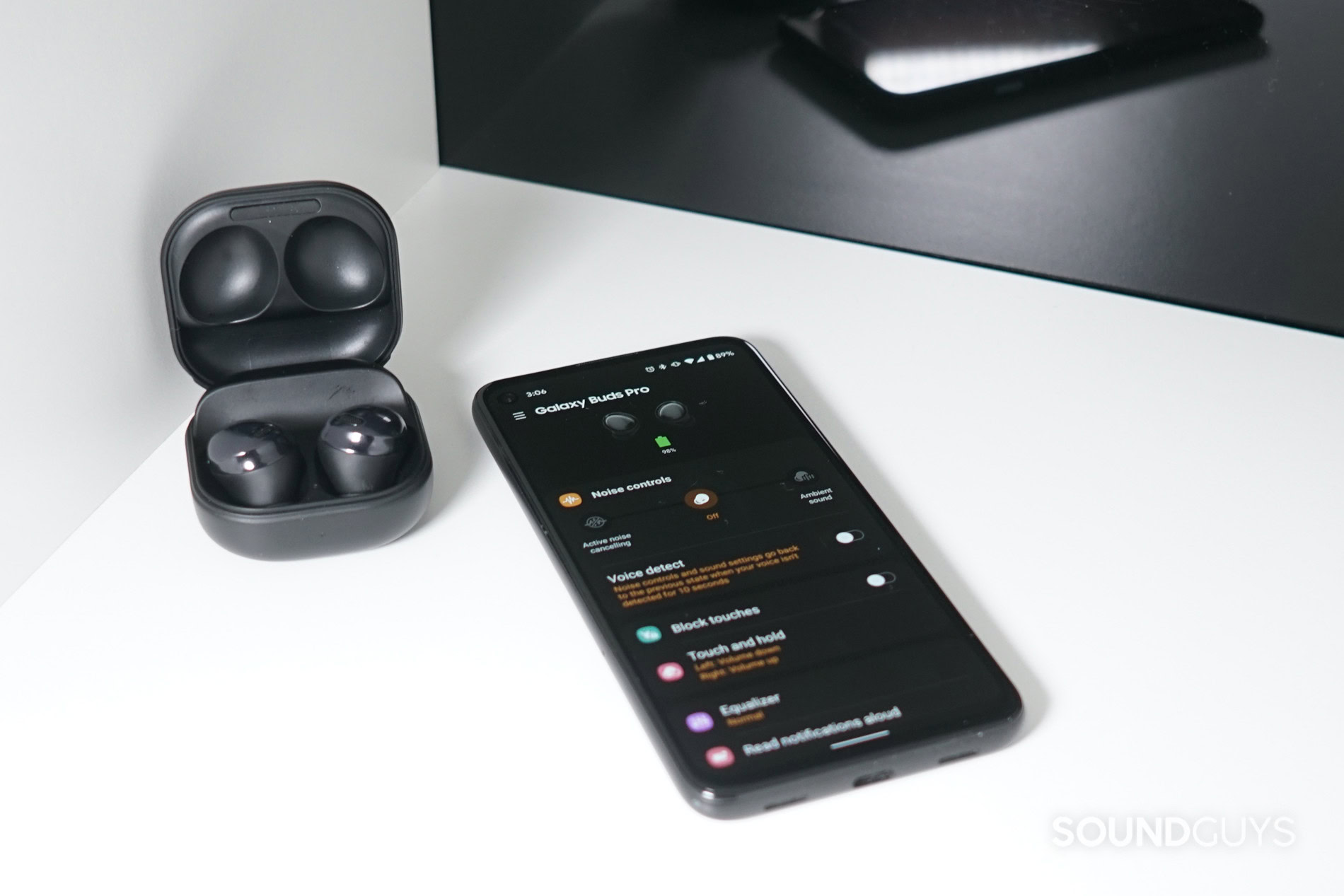
Chase Bernath / Android Authority
Many devices that support spatial audio are big name flagships, like the Sony WH-1000XM5, which supports Sony 360 Reality Audio on Tidal, Deezer, and Nugs. These implementations are often not compatible with each other. If you opt for the Apple AirPods Max, for instance, you need to use Apple’s content and services, although Dolby Atmos is also available through Apple Music. Meanwhile, Samsung uses Dolby Atmos as well on its products including the Samsung Galaxy Buds Pro.
See also: The best true wireless earbuds
Certain video game consoles and headsets implement their own version of spatial audio. PlayStation 3D Audio, for instance, works on any set of headphones, provided you have a PlayStation 5. Some gaming headsets, such as the HyperX Cloud Flight S, support surround sound, too. Many smartphones — including the Samsung Galaxy S22 with Dolby Atmos support — also have some form of spatial audio. Be sure to check if the kinds of spatial audio supported are compatible with your headphones before purchasing.
Keep in mind that even if your device and headset support the same type of spatial audio, you still need content mixed with it in mind. It’s likely easiest to stick with one spatial audio standard and build your collection for that, rather than hopping around.
For all the latest Technology News Click Here
For the latest news and updates, follow us on Google News.

